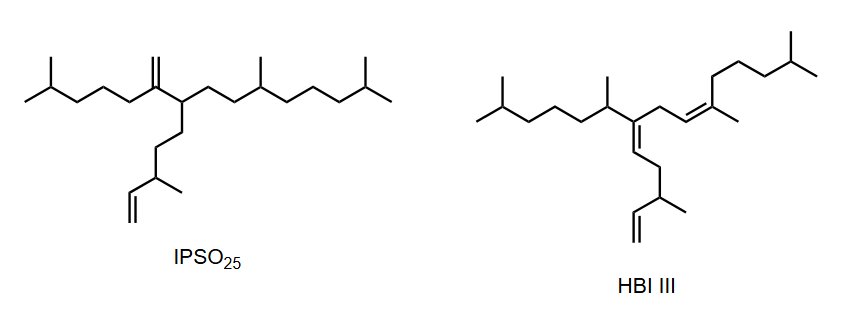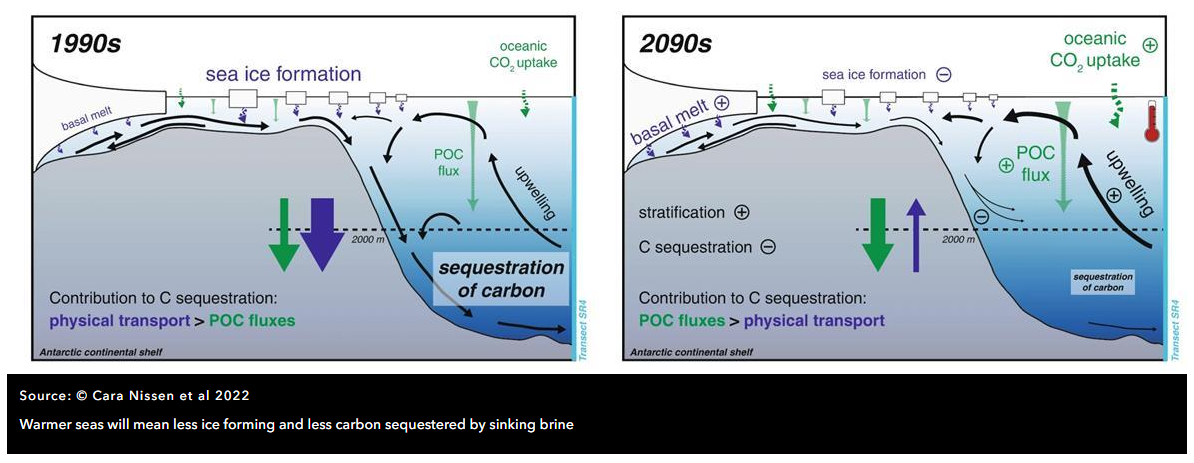There are no items in your cart
Add More
Add More
| Item Details | Price | ||
|---|---|---|---|
Unlocking Climate Clues from the Chemistry of Antarctica
Thu Jul 31, 2025
Antarctica is often seen as a remote, untouched wilderness — a vast expanse of ice and snow seemingly cut off from the rest of the world. But beneath this serene surface lies a hub of chemical activity, providing invaluable insights into our planet’s climate history and future. From ancient ice cores to marine sediments and pollutant accumulation, Antarctic research is helping chemists and environmental scientists piece together the complex puzzle of global change.

One of Antarctica’s greatest scientific contributions is its role as a natural climate archive. Layers of ice, built up over millions of years, contain tiny bubbles of trapped air — time capsules preserving atmospheric gases from different eras. By drilling and analyzing these ice cores, scientists can study fluctuations in greenhouse gases like CO₂ and methane, and trace key historical events including volcanic eruptions, wildfires, and shifts in global climate systems.
These frozen layers also contain inorganic materials like sea salt and sulfates, as well as trace organic compounds. According to atmospheric chemist Chiara Giorio from the University of Cambridge, these organic molecules — despite the continent’s sparse vegetation and wildlife — are critical indicators of past environmental conditions.

Organic molecules may seem out of place in the desolate Antarctic landscape, but they are virtually everywhere on Earth — in air, water, soil, and living organisms. Even in Antarctica, atmospheric currents deliver trace organic compounds from across the globe. These compounds help researchers reconstruct events such as glaciation, wildfires, and human industrial activity.
Since many organic compounds are reactive, scientists also use them to study ongoing chemical processes. Understanding how these molecules change under environmental conditions reveals much about the chemistry of the atmosphere — both past and present.
Giorio’s research focuses on atmospheric oxidation — a key process that controls the presence and behavior of many trace gases. The oxidising potential of Earth’s atmosphere is mainly governed by ozone and hydroxyl radicals. These compounds act like atmospheric detergents, breaking down pollutants such as methane and other volatile organic compounds (VOCs).
While these oxidants are too unstable to be directly measured in ancient ice, their impact on longer-lived oxidation products can be tracked. Giorio uses specific byproducts from the oxidation of α-pinene — a plant-emitted terpene — to estimate past oxidising conditions. Compounds like cis-pinonic acid, pinic acid, and nopinone serve as reliable markers.
By analysing the ratios of these oxidation products in ice cores using advanced mass spectrometry techniques, Giorio and her team can infer how oxidising conditions have changed over time. Her work is now challenging theoretical models, some of which suggest the atmosphere’s oxidising power has remained stable, while others propose significant historical shifts.

Chemical clues aren’t limited to ice. Antarctica’s surrounding ocean sediments also preserve biomarkers that reveal past environmental conditions. Henrik Sadatzki, a paleoclimatologist based at the Alfred Wegener Institute in Germany, has used organic compounds from algae to chart changes in sea ice coverage over the last 40,000 years.
Two biomarkers — IPSO25 (from sea ice algae) and HBI III (from open-water diatoms) — help reconstruct seasonal ice patterns. Their abundance in sediment layers allows scientists to understand when and how the ice began to retreat following the last Ice Age.
Notably, the research indicates that sea ice started declining before the major rise in atmospheric CO₂ — suggesting that this retreat may have played a role in triggering global warming. As sea ice melts, it releases brine, which sinks and helps sequester carbon at the ocean floor. Reduced brine production weakens this mechanism, potentially allowing stored carbon to escape into the atmosphere.
Despite its isolation, Antarctica is far from immune to pollution. Persistent organic pollutants (POPs) — such as DDT, HCB, and PCBs — have been detected in Antarctic snow, ice, and sediments. These pollutants travel long distances through a process known as global distillation. Semi-volatile compounds evaporate in warmer regions, then condense and fall in colder climates like Antarctica.
Cristóbal Galbán-Malagón from Universidad Mayor in Chile warns that this fragile balance could shift. As the continent warms and ice melts, pollutants currently stored in snow and sediments may be re-released, turning Antarctica from a pollution sink into a source. This could pose risks not only to local ecosystems — already seeing bioaccumulation in species like seals and whales — but also to global environmental health over time.

Antarctica’s unique conditions make it a vital laboratory for understanding Earth’s past and preparing for its future. From oxidation chemistry and pollutant transport to marine sediment biomarkers, the continent offers unmatched insights into how natural processes and human activities are reshaping our world.
As global temperatures rise and environmental changes accelerate, continuing to study and protect this frozen frontier is more important than ever. Antarctic chemistry isn't just about understanding a distant, icy land — it's about decoding the chemistry of our entire planet.